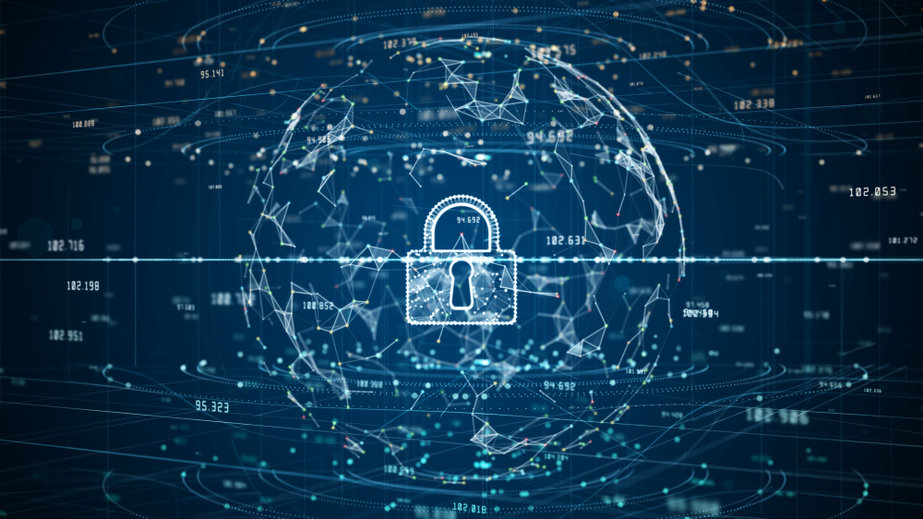As we step into the new year, the shadow of ransomware continues to loom large over the digital landscape. Cyber attackers show no signs of relenting and 2024 is poised to become their second-most prolific year on record.
The need to confront this expanding threat is more urgent than ever as both organizations and individuals struggle with each assault, increasing in complexity and scope. In this digital battleground, where every endpoint is a potential vulnerability, the role of Internet of Things (IoT) devices cannot be underestimated.
Bridging the security gap
IoT devices have become integral to our daily lives, transforming businesses into smart ecosystems. Yet, as we embrace the convenience offered by IoT, we simultaneously open ourselves to new vulnerabilities. The very nature of IoT devices introduces a unique vulnerability. Unlike traditional endpoints, these devices often lack robust security measures, creating a potential gateway for cybercriminals. From smart thermostats to interconnected security systems, the attack surface has expanded, providing malicious actors with an array of entry points.
To underscore the gravity of the situation, we need only look at recent real-world examples of IoT-related security breaches. Incidents such as the Mirai Botnet attack or the breaching of a Las Vegas Casino through a fish tank thermometer are stark reminders that the digital conveniences we cherish can be turned against us. These breaches not only invade our privacy but also expose critical vulnerabilities in our overall cybersecurity infrastructure. As we stand at the crossroads of transformation and vulnerability, a proactive approach to IoT security is imperative.
Navigating the regulatory landscape

Recognizing the urgency of the situation, governments around the world are gearing up to implement regulations aimed at enhancing device safety labeling. This regulatory landscape, though necessary, poses challenges for businesses and consumers alike as they seek to balance innovation with security.
In 2024, we anticipate the rollout of comprehensive regulations addressing IoT safety labeling.
Governments are taking a proactive stance, acknowledging the need for standardized security measures to safeguard consumers and businesses from the looming threat of ransomware. These regulations aim to create a framework that ensures manufacturers prioritize security in the design and production of IoT devices.
The effectiveness of these regulations lies not just in their formulation but in their enforcement. Governments must be vigilant in holding manufacturers accountable for adhering to the prescribed security standards. The enforcement of device safety labeling is not merely a bureaucratic exercise – it is a critical step in fortifying our digital infrastructure against the rising tide of cyber threats.
While the intent behind these regulations is commendable, their implementation raises concerns for businesses already navigating a complex technological landscape. Compliance may come at a cost, both in terms of financial spending and possible interference with innovation. For consumers, the impact will be felt through enhanced device security but may also result in a shift in the cost and accessibility of IoT technology.
In anticipation of these regulations, businesses and individuals must adopt a proactive stance. Waiting for compliance mandates is insufficient – we must take preemptive measures to secure our IoT devices. From conducting thorough security assessments to investing in robust endpoint management solutions, the time to act is now. By doing so, we not only safeguard ourselves from potential regulatory penalties but also contribute to the broader goal of creating a secure digital ecosystem.
Securing the connected world
With new regulatory frameworks taking shape, businesses and individuals must further fortify their defenses against ransomware. Encryption, secure communication protocols, and authentication mechanisms play pivotal roles in securing the connected world.
Sensitive data protection is a pillar of cybersecurity. Encryption acts as a barrier and renders sensitive data unreadable. As we navigate the intricacies of our interconnected world, businesses must prioritize end-to-end encryption to safeguard their proprietary information and customer data.
Likewise, the communication channels between IoT devices must be fortified to prevent eavesdropping and tampering. Implementing secure communication protocols ensures that data exchanged between devices remains confidential and unaltered. This becomes increasingly crucial as we entrust our businesses to IoT devices, each communicating critical information that, if compromised, could have far-reaching consequences.
Limiting access to vital systems is essential for reducing the possibility of ransomware assaults. Authentication techniques like multi-factor authentication provide robust protection against unwanted access. Moreover, by implementing stringent access controls, businesses can thwart bad actors looking to exploit weaknesses in the IoT ecosystem.
On the endpoint frontier, a robust device management solution provides a holistic approach to cybersecurity, offering businesses a centralized platform to monitor, manage, and secure all endpoints, including IoT devices. By deploying such solutions, companies gain visibility and control over potential security threats, creating a more resilient defense against ransomware.
Finally, in the face of evolving cyber threats, empowerment through knowledge and actionable security measures is critical. Both individuals and businesses need to stay up to date on the most recent cybersecurity recommendations and technologies. Implementing a robust cybersecurity strategy backed by comprehensive endpoint management solutions empowers organizations to navigate the complex landscape of ransomware threats.
In envisioning a cyber-resilient future, we must recognize that innovation and security are not mutually exclusive. Instead, they are symbiotic forces that, when harnessed effectively, can work to ensure a dynamic and secure digital landscape. Businesses and individuals must heed the call to action, embracing a holistic approach to endpoint security that extends beyond compliance.

